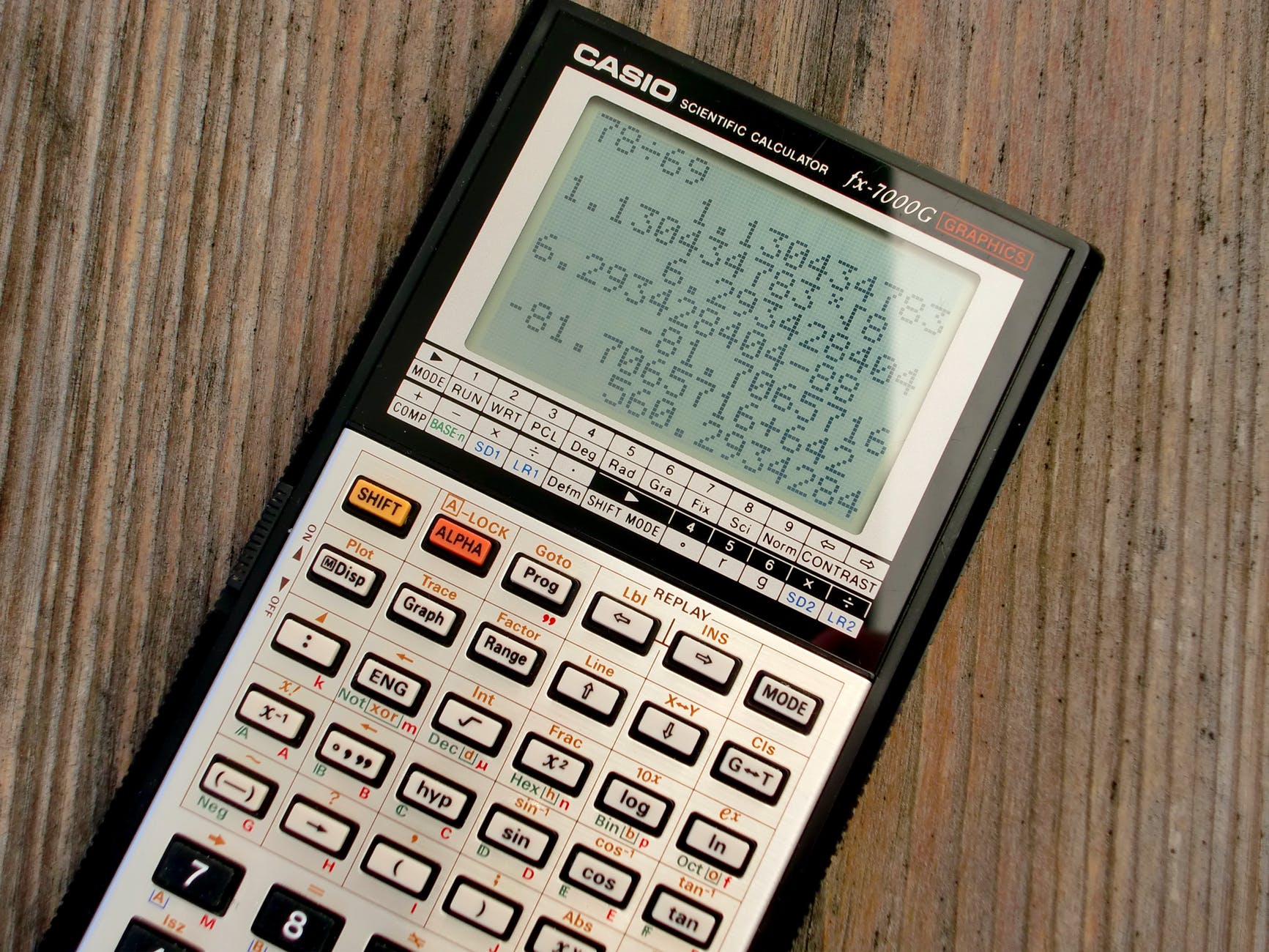
For many students, the concepts of significant figures and scientific notation are initially daunting and confusing. It is not unusual for a student to confuse the idea of rounding to a certain number of decimal places as being the same as rounding to a certain number of significant figures. Adding the concept of scientific notation into the mix can lead to the student being so uncertain as to how to write their answer for a given question.
Rounding
When discussing rounding with students, typical textbook examples work with decimal numbers and introduce students to the concept of "rounding up" if the next digit is 5 or more and "rounding down" if the next digit is 4 or less, e.g.:

In later lessons, students are taught that rounding does not only apply to decimal numbers, but to any numbers to a given level of precision, e.g. rounding to the nearest ten or hundred.

Which leads nicely into the concept of significant figures
Significant figures
The digits of a number are considered significant (i.e. important) based upon the following general rules:
- Non-zero digits are always significant.
- Any zeros between two significant digits are significant.
- A final zero or trailing zeros in the decimal portion ONLY are significant.
- Exact numbers that are definitions (e.g. 1 litre) have an infinite number of significant figures
Although (4) is rarely included in high-school textbooks. To better explain these rules, consider the following examples:
- 567000 has only three significant figures by (1)
- 560070 has five significant figures by (2) as the zeros are between 6 and 7
- 56.0070 has six significant figures with the zeros between 6 and 7 by (2) and the trailing zero by (3)
- 0.00567 has three significant figures by (1) and (3) as the leading zeros are just placeholders
- 0.05670 has four significant figures by (1) and (3) again as the leading zeros are just placeholders and the trailing zero IS significant
- 1 litre = 1.0 litre = 1.00 litre = 1.000 litre = … and so by (4) it has an infinite number of significant figures
We can combine significant figures with rounding to round a number to a given number of significant figures. For example, if we want to round the number 5678123 to four significant figures, we would get 5678000. If, instead, we wanted to round it to three significant figures, we would get 5680000 as the number to the right of the third digit (i.e. the 8 that follows the 7) is greater than five, so we round up.
Scientific notation
Not to be confused with significant figures, scientific notation is a method of writing numbers, especially extremely large or small numbers, in a shortened form. For example, Avogadro’s constant (mainly used in Chemistry and Physics) is written as 6.022 × 1023, that is 602,200,000,000,000,000,000,000 (rounded to four significant figures). We wouldn’t want to write that out every time we needed to use it, so the scientific notation form makes sense to use. Equally, for small numbers like Planck’s constant (again used mainly in Chemistry and Physics) is written as 6.62607004 × 10-34 Js, that is 0.000000000000000000000000000000000662607004 joule seconds. Again, not exactly a number we really want to write out in full all the time.
Fortunately, scientific notation allows us to write such large or small numbers easily as multiples of 10. For example:
- 567000 can be written as 5.67 × 105
- 0.00567 can be written as 5.67 × 10-3
We can combine scientific notation with rounding to a given number of significant figures (as seen above), which may be part of the source of confusion for many students.
Engineering notation
Engineering notation is a variation of scientific notation in that all of the indices (powers) must be a multiple of three, thus:
- 567000 can be written as 567 × 103 or 0.567 × 106
- 0.00567 would be written as 5.67 × 10-3
The use of multiples of three relates to the progression of standard units, e.g. 1000 grams = 1 × 103 grams = 1 kg. The following list provides the standard unit prefixes and their factor:
| Prefix name | Symbol | Factor |
|---|---|---|
| Yotta | Y | 1024 |
| Zeta | Z | 1021 |
| Exa | E | 1018 |
| Peta | P | 1015 |
| Tera | T | 1012 |
| Giga | G | 109 |
| Mega | M | 106 |
| Kilo | k | 103 |
| 100 = 1 | ||
| milli | m | 10-3 |
| micro | μ | 10-6 |
| nano | n | 10-9 |
| pico | p | 10-12 |
| femto | f | 10-15 |
| atto | a | 10-18 |
| zepto | z | 10-21 |
| yocto | y | 10-24 |
